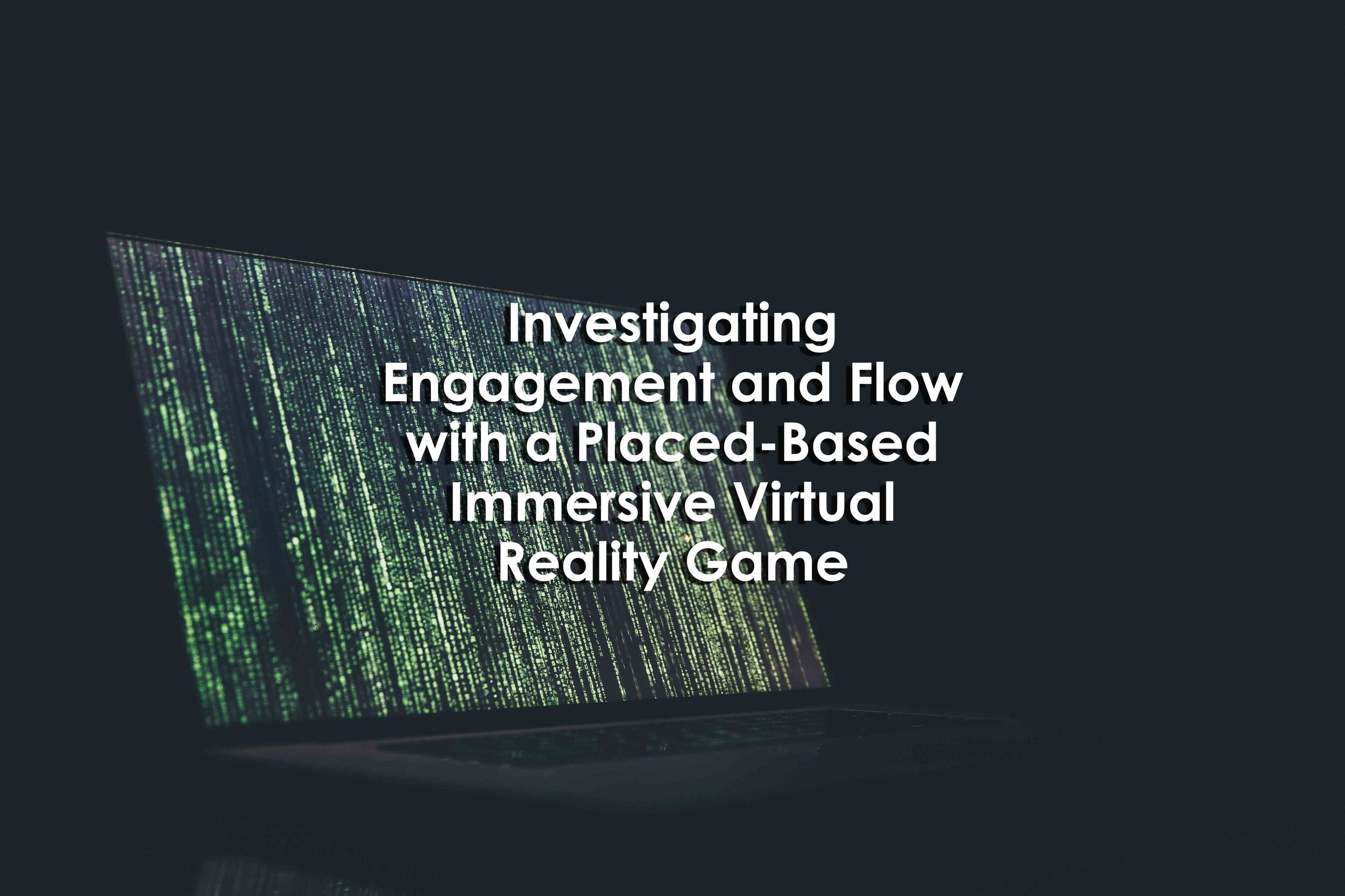Investigating Engagement and Flow with a Placed-Based Immersive Virtual Reality Game
Investigating Engagement and Flow with a Placed-Based Immersive Virtual Reality Game
Investigating Engagement and Flow with a Placed-Based Immersive Virtual Reality Game
Alec Bodzin, Robson Araujo Junior, Thomas Hammond & David Anastasio
Abstract
"An immersive virtual reality (iVR) game for high school students to learn about locations in their watershed with a primary focus on their city was designed and developed, employing a design model that focuses on flow. An exploratory study with the iVR game was conducted in an urban school in the eastern USA with 57 adolescents ages 16–18 from a population that is economically disadvantaged and includes students who are typically unengaged in traditional school-based learning environments. After game completion, the participants completed a 10-item survey measuring elements of flow and a 12-item survey designed to measure perceptions toward learning with VR games, immersion and presence. Participant focus groups were conducted with an emphasis on features that promoted engagement, learning, immersion, and presence. The findings revealed that all students experienced a flow state when they played the iVR learning game. Almost all users (98.1%) had positive attitudes towards using the iVR game. Students experienced high immersion and presence. In addition, students had favorable attitudes towards learning with iVR games in school environments."
Reference
Bodzin, A., Junior, R. A., Hammond, T., & Anastasio, D. (2020). Investigating Engagement and Flow with a Placed-Based Immersive Virtual Reality Game. Journal of Science Education and Technology, 1-14. https://link.springer.com/article/10.1007/s10956-020-09870-4
Keywords
Virtual reality, Learning game, Engagement, Flow, Place-based

